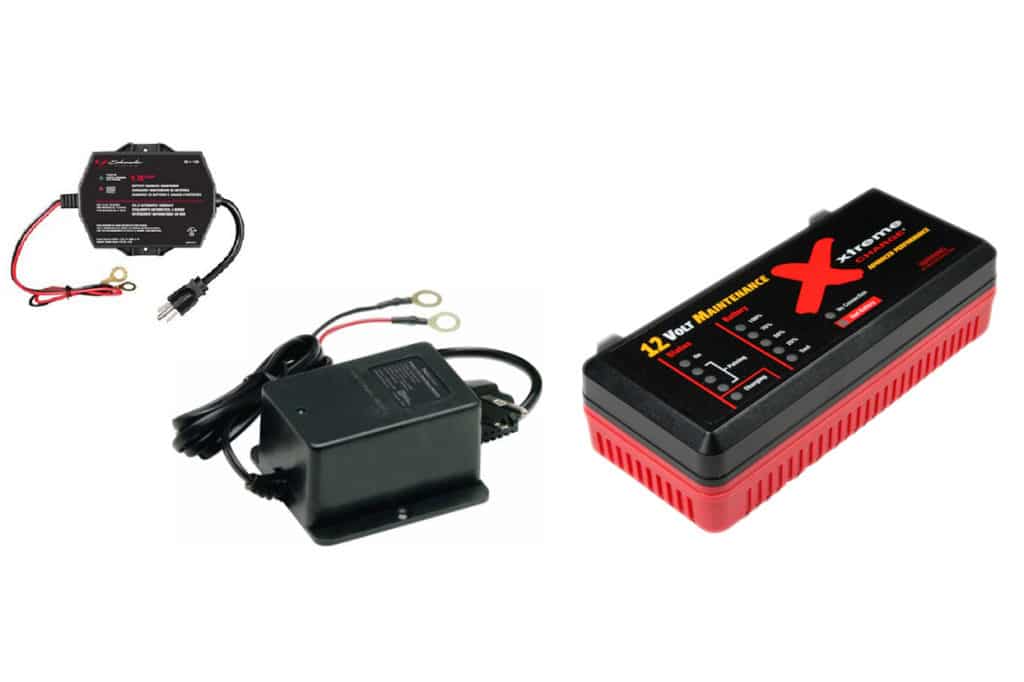
As we approach the holiday season many of you have had your boat packed up for the winter for as long as several months. Still others have probably just gotten around to packing it in for the winter ahead. The bottom line here is that a part of this drill should include a game plan for your boat’s batteries. Years ago, we used to remove batteries from the boat and store them in a “battery room” at the marina. In this magical room the boat yard personnel would take our batteries and connect them to a bunch of rather unsophisticated battery chargers for the winter. Here, the batteries would sit and percolate all winter, literally boiling themselves to death.
Later, habits changed and the boat yards realized that removing the batteries from all of their customer’s boats every year was a lot of work and not without a certain amount of risk as technicians lugged these heavy batteries down ladders to get them into the storage area.
Next, guys like me would come along and describe the error in their ways just as I am doing here. We would say that fully charging the batteries at the end of the season would provide a high enough level of charge for the self-discharge rate to deal with over the course of a seven or eight month lay-up period. Typically batteries self-discharge at a rate of somewhere between 3 to 5 or 6% per month just sitting on a shelf. So, with that in mind, using the 5% number and a seven month lay-up you would end up with a battery that would be 65% charged at the end of the winter. well above the maximum 50% discharge value we typically assigned to deep cycle batteries and not especially harmful for cranking batteries either as long as they got recharged asap. Sometimes we would simply disconnect the DC negative conductors from the batteries, effectively shutting them down and preventing parasitic loads from drawing any current at all. Of course this could wipe out memories within the equipment, meaning a complete redo come spring; a pain in the you know what for sure.
As the proliferation of on board electronic equipment with internal memories and presets has accelerated, we are now faced with what most of us considered a non issue 15 years ago, electrical parasites! This current draw needed to maintain the status of the on board equipment adds up to the point where it can bring a battery’s level of charge well below a safe level in terms of battery longevity and some cases even freezing, effectively destroying the battery. So, with all of this in mind, the new approach to all of this is to leave everything connected and in place but now connect the batteries in question to one of the charge maintainers shown above. These units put out just enough current to deal with the parasitic loads, measured in milliamps, without overcharging the batteries. With maximum outputs of 1.5 amps this type of unit is truly the answer on modern boats. Additionally, If your boat is equipped with a very modern smart battery charger with multi-phase capability it may be set up to maintain, but actually shut off once battery voltage reaches a prescribed level, again, maintaining charge level but not over-charging.
The bottom line here? Don’t leave your batteries out in the cold without a bit of protection against parasites. At the price of new batteries today a little care and feeding will go a long way toward maximizing your battery investment.








